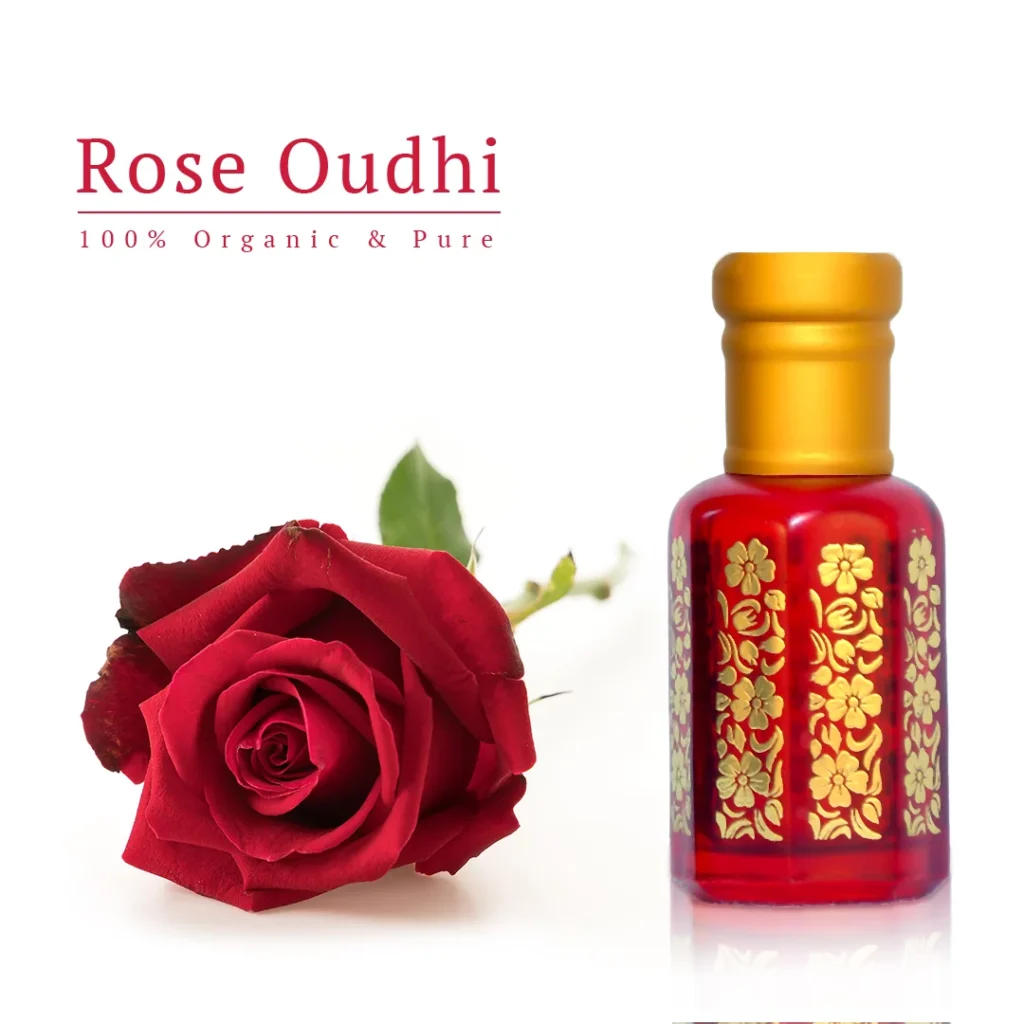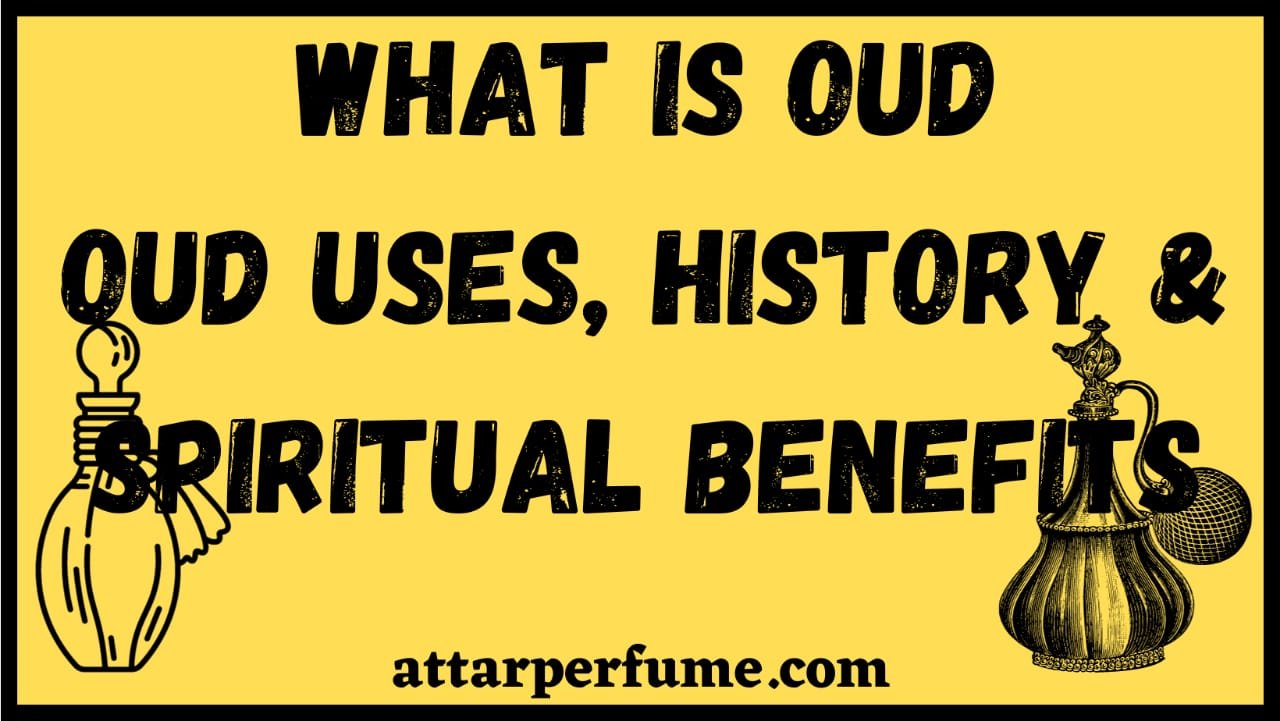Oud attar, a mysterious and fragrant substance, has captivated our senses for centuries. But what is oud, and why is it so cherished in various parts of the world?
In this article, we will delve into the world of oud, exploring its diverse uses, delving into its rich history, and uncovering its spiritual benefits. Let us dive in and understand the essence of oud and its many wonders.
What is Oud
Oud attar is a fragrant, resinous material that is extracted from the heartwood of Aquilaria trees. It is often referred to as agarwood or aloeswood. The agarwood tree yields a dark, valuable, and fragrant resin that is used as an ingredient in Oud Attar perfume when the wood becomes infected with a particular parasitic mold. When the wood is heated, the oil and resin are released, creating a distinct musky aroma.
Oud can be used in a variety of ways and takes numerous forms. either as a burnable incense or as an oil that can be applied topically to the skin. Because of its scarcity and the complex procedure by which it is formed, it is regarded as one of the most costly and sought-after scents in the world. The oud is a symbol of luxury and sophistication with a long history spanning many cultures and civilizations.

Different Types of Oud Attar
Dehnul Oud Attar

Rose Oudhi Attar

White Oudh Attar

History of Oud
Oud attar, also known as agarwood or aloeswood, has a rich and storied past. It finds mention in cuneiform writings dating back to 2000 BC, notably by the Sumerians, who used it in religious rituals, as a luxury perfume, and for medicinal purposes. This early recognition marked the beginning of Oud’s significance in human history.
The Silk Road, an extensive network of trade routes connecting East and West, played a pivotal role in spreading Oud to various cultures. Oud was highly sought after and traded along these routes, introducing it to new markets and expanding its influence. Its fragrance, complexity, and rarity made it a symbol of luxury, leading to its adoption in the courts of European monarchs during the Renaissance. The Western world’s fascination with Oud marked another chapter in its history, as it became a symbol of exclusivity and sophistication.
Beyond its use in perfumery, Oud holds spiritual significance in many cultures. In the Middle East, it is associated with prayer and religious ceremonies. In Hinduism, it is used in rituals and believed to purify the surroundings. In Islam, Oud is considered a sacred fragrance and is used in mosques during prayers and special religious occasions. Its unique aroma has the power to create an atmosphere of tranquility and devotion, emphasizing its deep-rooted historical and cultural importance.
Perfume production from Oud
Once the oud is produced the following steps are carried out to make perfume from oud
- Step 1: The first step in creating an Oud-based perfume is selecting the appropriate type and quality of Oud. Oud oils vary in scent profile, with different grades and origins offering unique characteristics.
- Step 2: Perfumers, often referred to as “noses,” develop a formula or “fragrance pyramid” for the perfume. This formula includes top, middle, and base notes. Oud, with its strong and long-lasting scent, is typically used as a base note, providing depth and longevity to the fragrance.
- Step 3: Once the formula is established, the perfumer carefully weighs and blends the chosen ingredients, including Oud. Each ingredient is measured with precision to achieve the desired fragrance balance.
- Step 4: The blended perfume is often left to age and mature. During this period, which can last several weeks to several months, the various ingredients meld together, and the fragrance evolves.
- Step 5: To create a wearable perfume, the concentrated blend needs to be diluted with a neutral carrier liquid, typically ethyl alcohol or a mix of alcohol and water.
- Step 6: The final step in perfume production involves filtering the fragrance to remove any impurities and ensure a clear, smooth liquid. Once the perfume is filtered, it is carefully bottled, often in ornate and aesthetically pleasing containers.
Spiritual Significance
The spiritual significance of Oud attar transcends cultural and religious boundaries, making it a treasured substance in various traditions. In Islamic culture, Oud is deeply revered and often associated with prayer and religious ceremonies. The Prophet Muhammad is said to have used Oud, and applying Oud oil before attending Friday prayers is considered a Sunnah, signifying a tradition of the Prophet.
In Hinduism, Oud is used in rituals and spiritual ceremonies. It is believed to purify the environment and aid in concentration during meditation and prayer. The aroma of Oud attar is thought to connect individuals with the divine, creating a heightened sense of spirituality. This spiritual significance has led to the widespread use of Oud in temples and other sacred spaces in Hinduism, where it plays a vital role in fostering a spiritual atmosphere and encouraging mindfulness and devotion
Diverse uses of Oud
Oud, with its rich and complex aroma, finds diverse applications beyond perfumery. Here are some varied uses of Oud
Perfumery:
Oud is widely known for its application in upscale fragrances. It is an important base note that gives scents duration and depth. Oud is a common element in high-end perfumes, giving them a distinctive, far-away smell that clings to the skin.
Incense:
In many cultural and religious rites, oud is used as incense. It is said that burning oud incense purifies the air and fosters a sacred, contemplative environment. It is frequently used to encourage serenity and concentration during prayer, meditation, and other spiritual activities.
Aromatherapy:
Aromatherapy uses oud essential oil because of its calming and stress-relieving qualities. The deep, earthy aroma of oud is thought to have a relaxing influence on the mind, which makes it an effective aid for improving mental health and lowering anxiety.
Traditional Medicine:
Traditional medicine has long been used, especially in Asian countries. It is said to have a number of medicinal qualities, including analgesic and anti-inflammatory actions. Oud was employed in traditional Chinese medicine to help with digestion, blood circulation, and pain relief.
Luxury Candles:
Oud’s alluring scent is also used in the creation of luxury-scented candles. These candles are designed to infuse living spaces with the warm, exotic aroma of Oud attar, creating a cozy and opulent atmosphere.
Benefits of Oud Attar
- In some traditional medicines, Oud is believed to have therapeutic properties, such as helping with respiratory issues, promoting relaxation, and relieving stress. These potential medicinal uses add another layer of value to Oud.
- Oud can be custom-blended with other essential oils and fragrances to create unique and personalized scents. This customization allows individuals to tailor their Oud experience to their own preferences.
- Oud’s rarity and cultural significance make it a collectible and heirloom-worthy fragrance. Many connoisseurs and enthusiasts view Oud as an investment, appreciating its value both in terms of fragrance and as a symbol of cultural heritage.
- Oud has been traditionally associated with aphrodisiac properties, believed to enhance sensuality and desire. Its alluring and complex scent can create a captivating and intimate atmosphere, making it a popular choice for romantic occasions.
- The aroma of Oud is known for its mood-enhancing qualities. It can evoke feelings of serenity, confidence, and well-being, making it an ideal fragrance choice for various occasions, from everyday wear to special events
The modern Oud Industry
The modern Oud industry has experienced significant growth, with Oud-based fragrances gaining global popularity. Efforts to promote ethical sourcing and sustainable cultivation are addressing environmental concerns. Oud’s versatility and cultural significance have made it a cherished and accessible luxury fragrance worldwide.
The industry has also seen the development of synthetic Oud or alternative fragrances to meet the demand for more affordable and sustainable options, ensuring that Oud’s unique charm continues to captivate a wider audience.
Conclusion
In conclusion, oud is a fascinating substance with a rich history and diverse uses. Its sweet, woody fragrance has captured the hearts of people for centuries, and it continues to be cherished today. Oud’s historical significance, from ancient rituals to modern perfumery, showcases its enduring appeal. Furthermore, the spiritual benefits associated with oud attar, such as promoting relaxation and mindfulness, make it a valuable element in various cultures.
FAQ
Are there different types of oud perfume?
Yes, there are various types of oud perfumes, ranging from pure, single-note oud fragrances to blends with other ingredients like floral, spicy, or citrus notes. The diversity in oud perfumes allows for a wide range of scents to suit individual preferences.
Is oud perfume expensive?
Yes, oud perfume is considered one of the most expensive perfumes in the world due to the rarity and labor-intensive process of obtaining oud oil. Prices can vary significantly, with some oud perfumes being extremely costly, while more affordable options with synthetic oud notes are also available.
How long does the fragrance of oud perfume last?
Oud perfume is known for its long-lasting scent. Depending on the concentration and quality, it can last for hours or even days on your skin and clothing. High-quality, pure oud fragrances tend to have the longest longevity.




